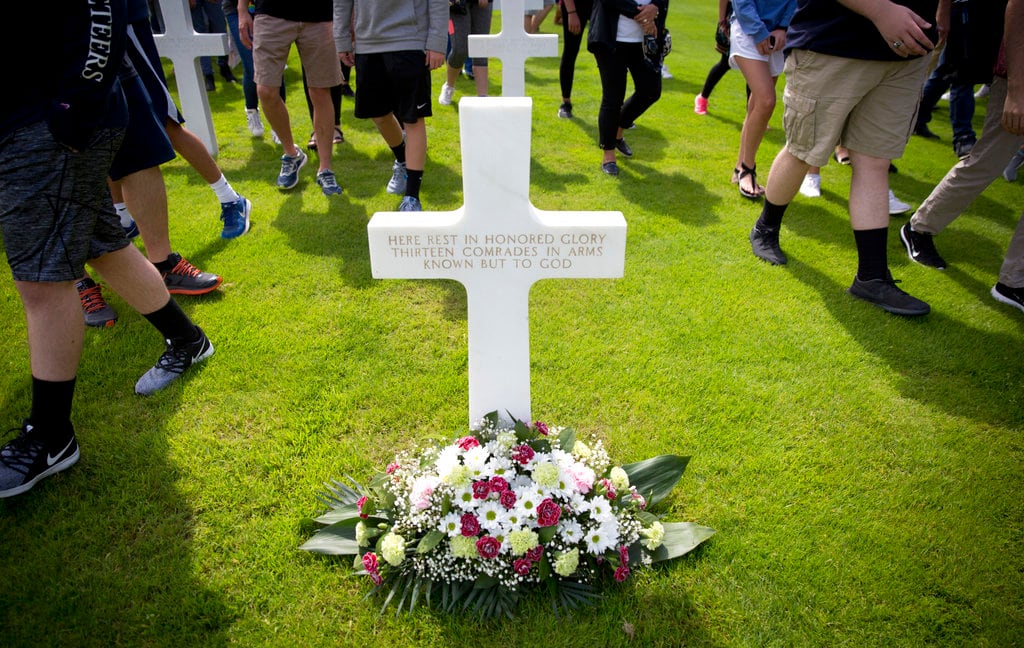More than 100 military installations nationwide are at risk for not having enough water to accomplish their missions, including training and cleaning equipment, suppressing fires, drinking and bathing, according to a new report from the Government Accountability Office.
By reviewing previous analyses of current and potential water shortages done by the Office of the Secretary of Defense and individual services, GAO officials identified seven more bases at risk for water shortages than previously had been determined by the Department of Defense.
Not surprisingly, those listed most at risk were in areas that have experienced drought conditions in the past several years, including Kirtland Air Force Base, New Mexico; Vandenberg Air Force Base, Naval Base Coronado, Naval Weapons Station Seal Beach and Camp Pendleton, California; and Marine Corps Air Station, Yuma, Arizona.
Some facilities already are experiencing water scarcity, defined as when demand for water in an area nears or exceeds water supplies, according to GAO. But given the latest predictions on climate change, including those found in the 2018 Fourth National Climate Assessment, drought and water quality declines will worsen the problem, GAO analysts noted.
Even areas where water is considered abundant may face shortages. At Fort Bragg, North Carolina, for example, base leadership said they are concerned about factors such as pollution and population growth that can affect water quality and quantity. According to Fort Bragg officials, they have been told by local public utilities that water demand will face a critical juncture in roughly 2060 if nothing is done.
The list of installations already experiencing water shortages due to overwhelming demand or drought include Mountain Home Air Force Base, Idaho, were service members and residents were told to curtail use in 2017 and 2018, with expected continued restrictions in 2019, Warren Air Force Base, Wyoming, where a drought continued during the study, and Marine Corps Air Station Yuma, where officials expressed concern that water would become a scarce as the base population grows.
“DOD’s installations rely on billions of gallons of water to operate and conduct their missions, but critical installations are at risk of water scarcity, and the risks are only projected to increase,” the analysts wrote.
Earlier this year, DoD sent a report to Congress noting that more than two-thirds of the operationally critical installations were threatened by climate change. DoD assessed 79 “mission assurance priority installations based on their operational role,” and concluded that 53 of the 79 bases faced current threats from flooding; 43 faced threats from drought; and 36 faced wildfire threats.
But the newest GAO report raised concerns about how accurate DoD is in its assessments. Regarding water scarcity, GAO analysts said DoD likely did not have a full understanding of the scope of the problem. It noted that the military services, which conducted their own installation assessments, were more thorough in their analyses – the result of using five measures considered to be best practices for reports, including identifying current availability, future availability, water sources, identifying precise locations of water and including all locations.
According to the GAO report, DoD assessments only reflected four of the five best practices – an omission that led it to miss some installations facing potential scarcity.
GAO recommended that DoD conduct a department-wide assessment using the same metrics as the services or rely on the assessments conducted by the services. The DoD concurred with that recommendation.
Rising temperatures are not only affecting base water supplies, they are having a negative impact on the health and readiness of troops. A study Nov. 12 by the Union of Concerned Scientists found that the number of troops who experienced heat-related illnesses has grew by 50 percent between 2013 and 2018, with the hottest bases including Marine Corps Air Station Yuma and MacDill Air Force Base and Homestead Air Reserve Base, both in Florida.
Patricia Kime is a senior writer covering military and veterans health care, medicine and personnel issues.





